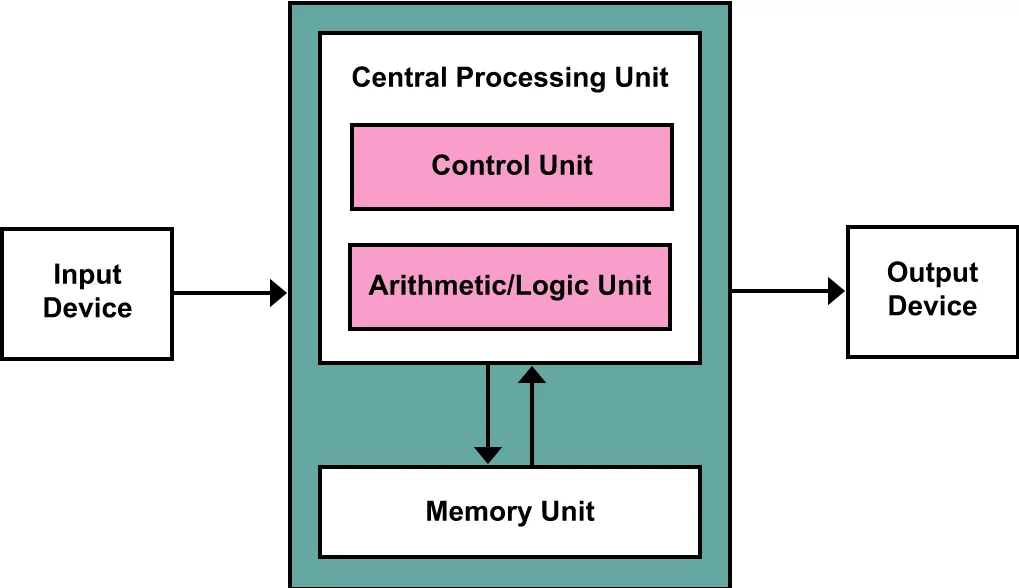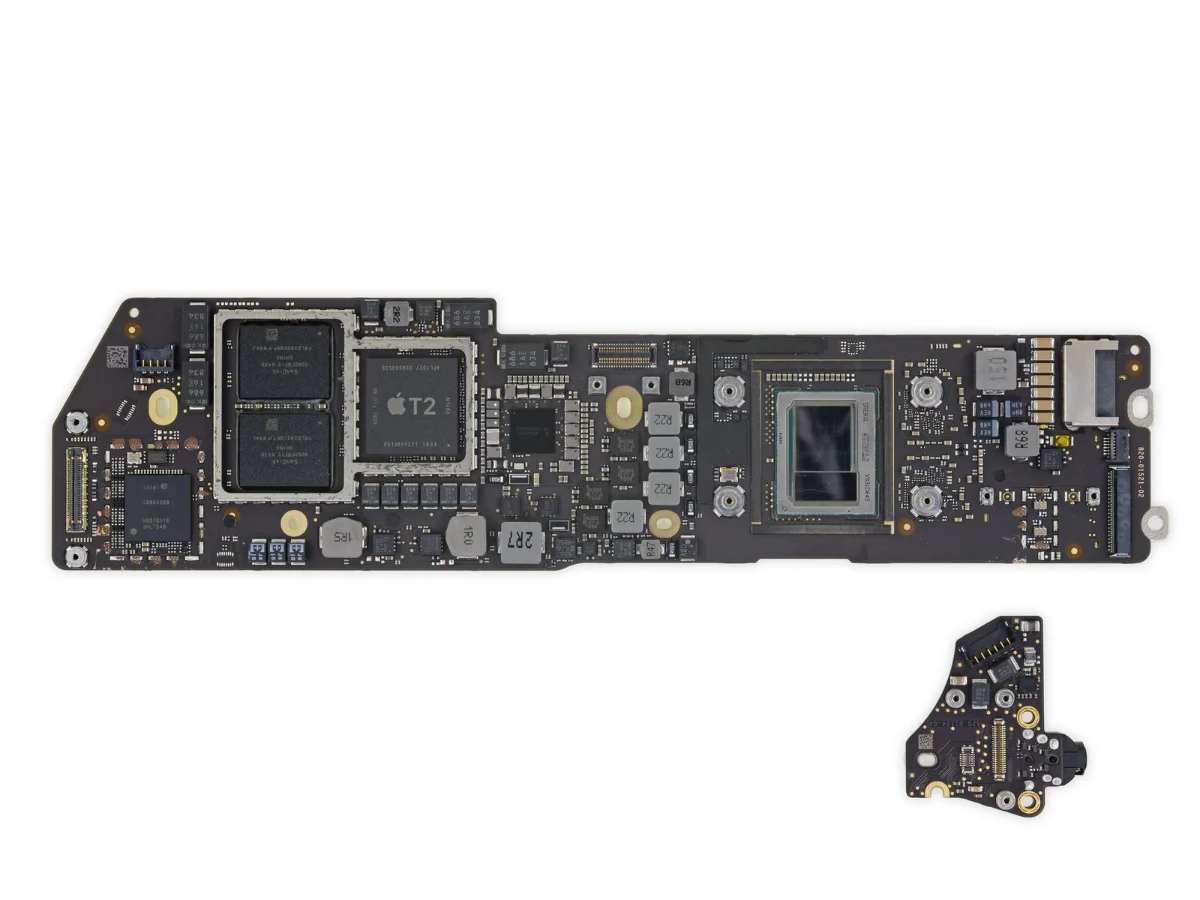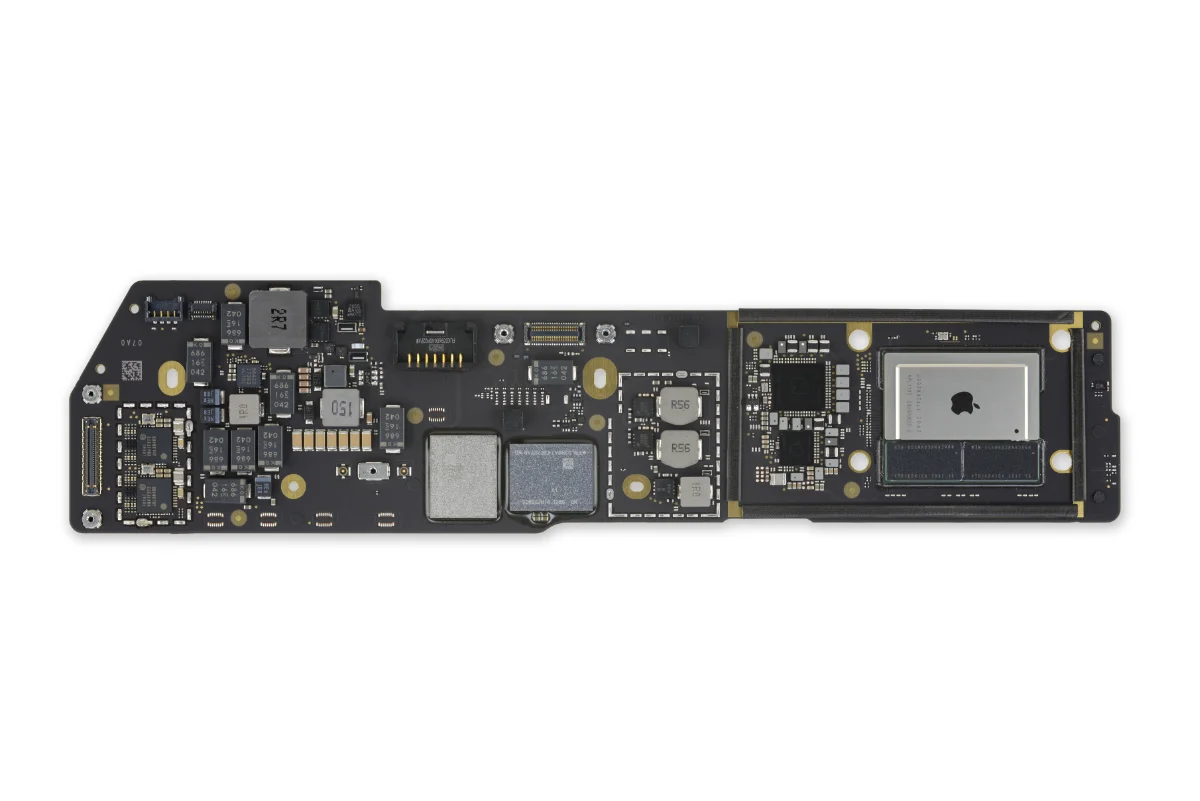It seems pitting Apple’s entry level CPU against Intel strongest is an unfair fight, like putting a small boy David vs the giant Goliath, but remember, David essentially bought a gun to a sword fight and Apple M1 is basically just that: the gun in a sword fight.
Mindset Differences
The architectural reflects the differences in the mindsets of both companies in developing their computing solution. Apple is an integrated systems developer that sells the final product directly to the customer. It controls all aspect of the product experience from the screen, keyboard and all the way to their CPU that runs the software that they also designed. Meanwhile, Intel is a chip merchant that have thousands of customer in which sells their product to the end consumer. You can think that Intel is the middleman of the computing world. While yes Intel do sell directly to consumer but the biggest customer is the PC-builders like Dell and Levono and server-builders like HP. Cloud providers like Amazon and Google counts as their biggest customer. Hence, Intel solution is more modular catering to different customer segments with different needs. Intel also needs to be open enough that anybody can create their own OS and run their machine code on it. Apple chip division only has one customer: Apple Inc.
Von Neumann Architecture

All modern computers is based on the Von Neumann architecture which describes how a computer should work and process data. The scheme describes that input system that is connected to a box that has the CPU and memory unit and churn their output somewhere. In most basic terms, these is how almost every computers on the market is organized.
Intel Architecture
Intel uses their own x86 instruction set. For the 64-bit version, Intel license a version of 64-bit of x86 instruction set from AMD, a rival which license the 32-bit version from Intel.

Intel has a huge and diverse customer base. From embedded solution that used to run your ATMs (most ATM runs on Windows) to Mission Critical Servers that run the largest companies in the world, Intel must have a flexible solution to cater every price level that their customer is looking for. So the solution is having a modular architecture where you can have customized south bridge chip to handle many input connectors. This enables Intel CPU to have multiple input/output channel from PCI-express, USB and network controller and such. And you have PC-builder customize their solution for the particular customer segment that they are attacking.
The pros for such setup can be seen in the market, customer is spoilt for choice in determine what kind of PC setup they want. From embedded solution that have very low power, memory and performance, to high performance monster that can play games to near perfect reality. For the indie PC-builder, Intel / AMD is a good choice to customize their setup and enable them to upgrade their setup when new technology comes in.
TLDR;
Pros:-
- multiple solution that caters to your budget and needs. From 2-core desktop to 56-core for servers. Intel has it all
- modular architecture means a lot of choice in I/O devices, from PCI-express to USB
- benefits of modular architecture, you can reconfigure your I/O later, upgrade RAM? change graphics etc? very trivial.
Cons:-
- Modularity has it costs in performance.
- Hard to optimize using software because developer has no idea how the setup will be. So software needs to modularity focus instead of optimize for a certain setup only
Apple SOC play
Since Apple announced that they are making their own chips for their iPhones and iPad, there has been speculation if Apple will move away from Intel for their macs. With each year their A-series chip have perform better and better until 2018 that it perform on par with Intel, the rumor mill has been getting stronger and stronger about when Apple will start porting their Macs to their own chips.
On WWDC 2020, Apple announced that the macs will transition away from Intel CPUs to their own solution, the Apple Silicon. It will be a family of System on Chip (SOC) that will power all their macs.They hinted that they will still support and introduce Intel based Mac for years to come.
What is System on Chip or SOCs anyway? Unlike Intel method where everything is modular, System on Chip incorporate as many functions on a single package. The usual suspect are the memory and storage controller. Apple goes one step further with inclusion of graphic cores, secure enclave and neural processing in their system. Apple fabric is the memory and I/O controller. The memory sits next to the SOC die and through Apple fabric, memory is shared between all the graphics, compute and neural cores. Apple calls this unified memory.
The benefits of this setup that it is cheaper to produce the final product since all the main components are in a single package instead of having multiple chips for CPUs, memory / storage controller and graphic cores. The problem with this setup is that you are basically stuck with whatever configuration that you are since at the beginning. There is simply no room to upgrade.
TLDR;
Pros:-
- All in single package
- Cheaper to manufacture
- Everything is close by, memory is particularly on die itself.
- Less circuit, less power usage.
Cons:
- No upgrade options
- Not a modular architecture. May not scale up to Intel levels.
Optimization: Apple’s secret weapon
It is well known that Apple takes the walled-garden approach to things. This means Apple controls the user experience by dictating what will work or would not work on their machine. What kind of ports / screen / connectivity that is allowed on their devices. This is shown in their iDevices where you are limited to what Apple allows you to do. For example, you won’t be able to install your own OS on your iPhone. You must install Apps using the App Store. Connection is through the lighting port (except for the case of iPad Pro) and there’s no calculator app from Apple on the iPad. So far the experience is pleasant since Apple manicure the garden very well, but you may not step on the grass.
Because of this limited scope of how things will work in the environment, Apple has relentlessly optimize the experience by ensuring that their way is the fastest, most efficient and effective way to do things. Transferring files from one devices to another is best and fast using AirDrop. Face ID is the fastest way to unlock your phone. And no, other developers cannot use the Secure Enclave.
But the results speaks for themselves. While using less RAM and possibly less CPU power, their iDevices works much better and more power conserving than their Android counterpart. Apple takes the same approach with the M-series chip. By designing everything, Apple dictates what is possible and what is not possible on their machine. You will not able to upgrade your RAM or storage later. You will only use our graphic cores and nothing else.


But because of a very narrow set of hardware that Apple design and dictate, Apple manage to optimize the experience to the best possible outcome. One of the outline is Unified Memory. In modular architecture like Intel, you will have to copy data from CPU memory module to the Graphics memory module. Then the results will be copied over the CPU memory module for further processing. In Apple Silicon, all the copying steps is skipped and processing is done on the same block of memory. This optimization will work well on dataset that is below the limit.
Another form of optimization is hardware accelerators. Since Apple controls macOS and have professional apps like Final Cut Pro, Apple optimize their workflow to work on their accelerators. For example, using ProRes (Apple own codec) ensures that the fanless MacBook Air can handle 3 streams of 4K raw video while even the Core i5 on the MacBook Air will struggle on it. Of course Apple makes better accelerators than Intel for codecs that they expect will run on the macOS.
Another feature that Intel basically has no answer for is on neural network processing or machine learning. This neural network also helps with image processing and of course video analysis. This neural network is used by Pixelmator Pro to help do image resize adjustment that would not be possible or very slow on Intel machine.
Take a lot at the M1 Mac Mini and you will notice that everything in there is custom. Custom memory, custom memory and of course custom CPU. One thing to note that the memory and storage chip itself is not custom, but the controller interface to the M1 itself is a custom controller named Apple Fabric. Because of this, Apple does not have to support old standard like SATA and PCI-express. This means more transistors dedicated to computing numbers than Intel which is used to support legacy bus.
Here are the list of things that Apple doesn’t implement in their chips or their replacement:-
- PCI-express
- Intel SSD - replaced with Apple Fabric
- Two 2x DIMMs - unified memory
- Optane Memory support
- Smart Sound
- Optane Memory
- SATA ports
- 6x USB 3.2 Gen 2 - 2x USB 4
End results: benchmarks by other people
The end result speaks for the themselves. With the M1 with laser focus on both performance and power consumption, it achieved just that, having higher performing single threaded cores and more power sipping efficiency cores to prolong battery life. More impressive is that in single thread, the M1 even beats out a Xeon chip on a Mac Pro which have a big thermal envelop and can even keep-up with multi-threaded benchmark score. Not bad for a chip that have TDP of only 10 watts.
Geekbench scores
Cinebench scores
4k Video export
In the video above by Macrumors.com, it shows two MacBook Pro 13", one Intel and one M1 exports a 10-minute 4k video. The M1 took 4 minutes 53 seconds and the Intel took 6 minutes 47 seconds.
8k to 4k Video export
In the video, the 16GB M1 MacBook Pro exported the 8k video as fast as the more expensive 32GB RAM Intel Core i9 MacBook Pro 16".
Plug
Support this website and my growing family by purchasing from my Amazon Affiliate links.
Get your Apple Computers with M1 chips at my Amazon Affiliate links.
- Apple Mac Mini M1 - buy at Amazon
- Apple MacBook Air M1 - buy at Amazon
- Apple Macbook Pro M1 - buy at Amazon